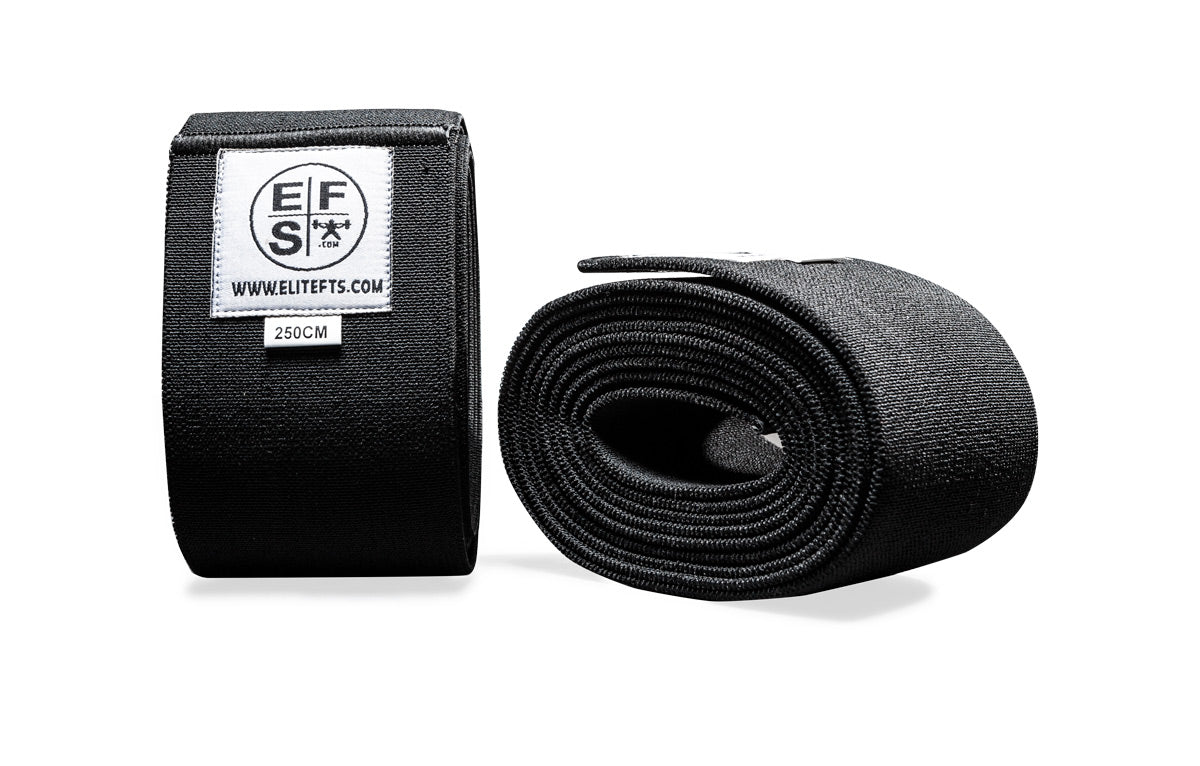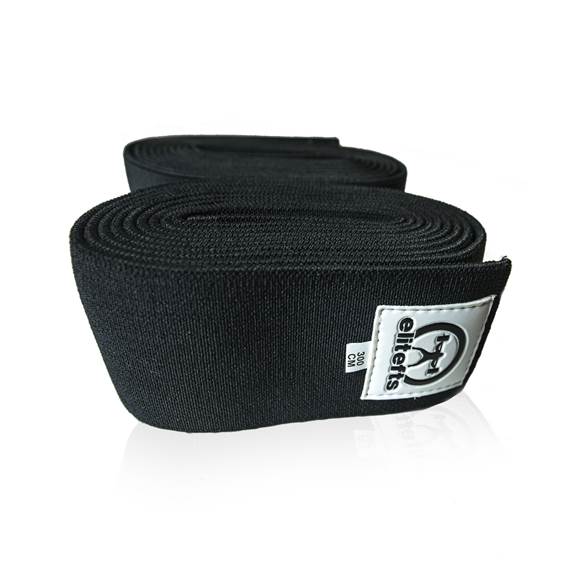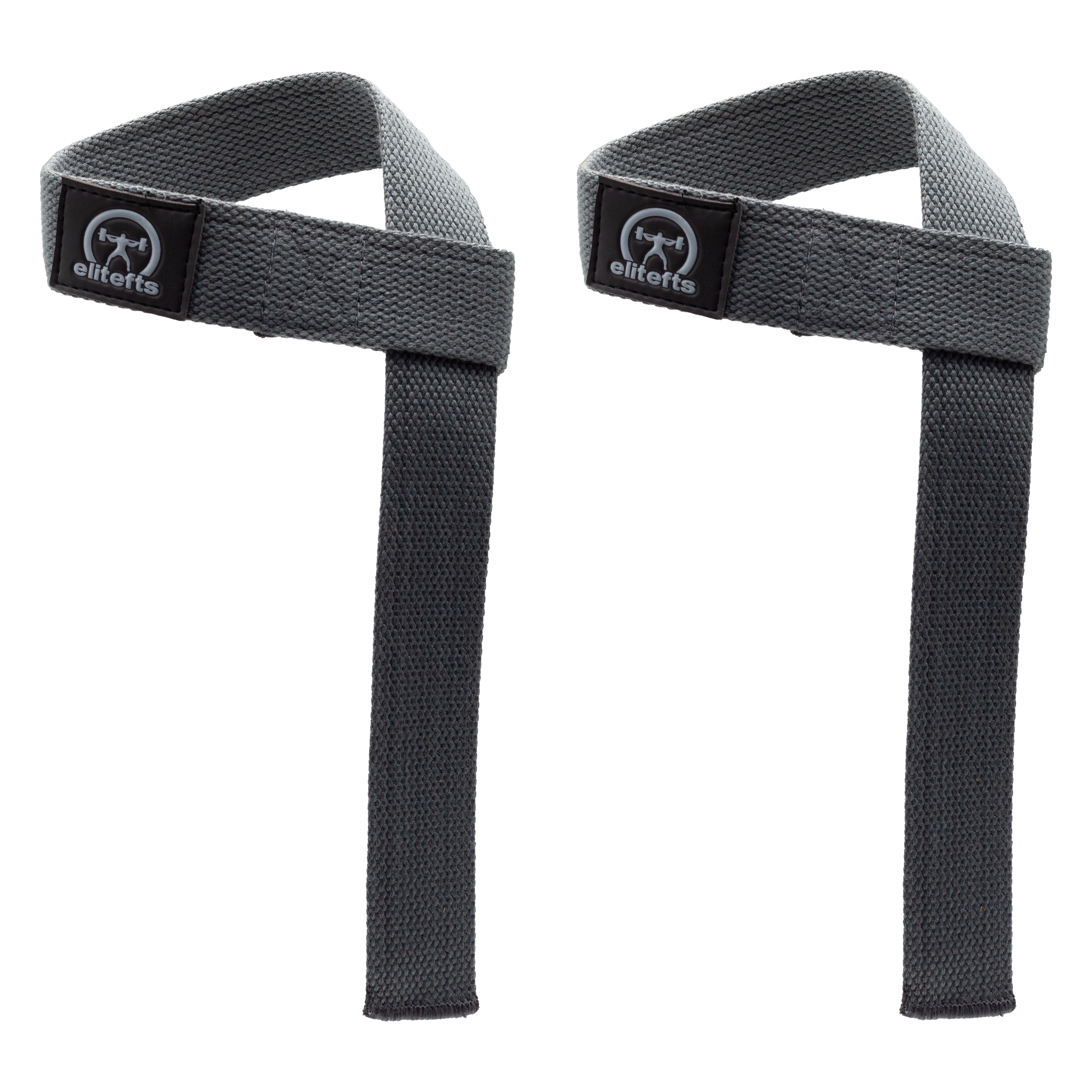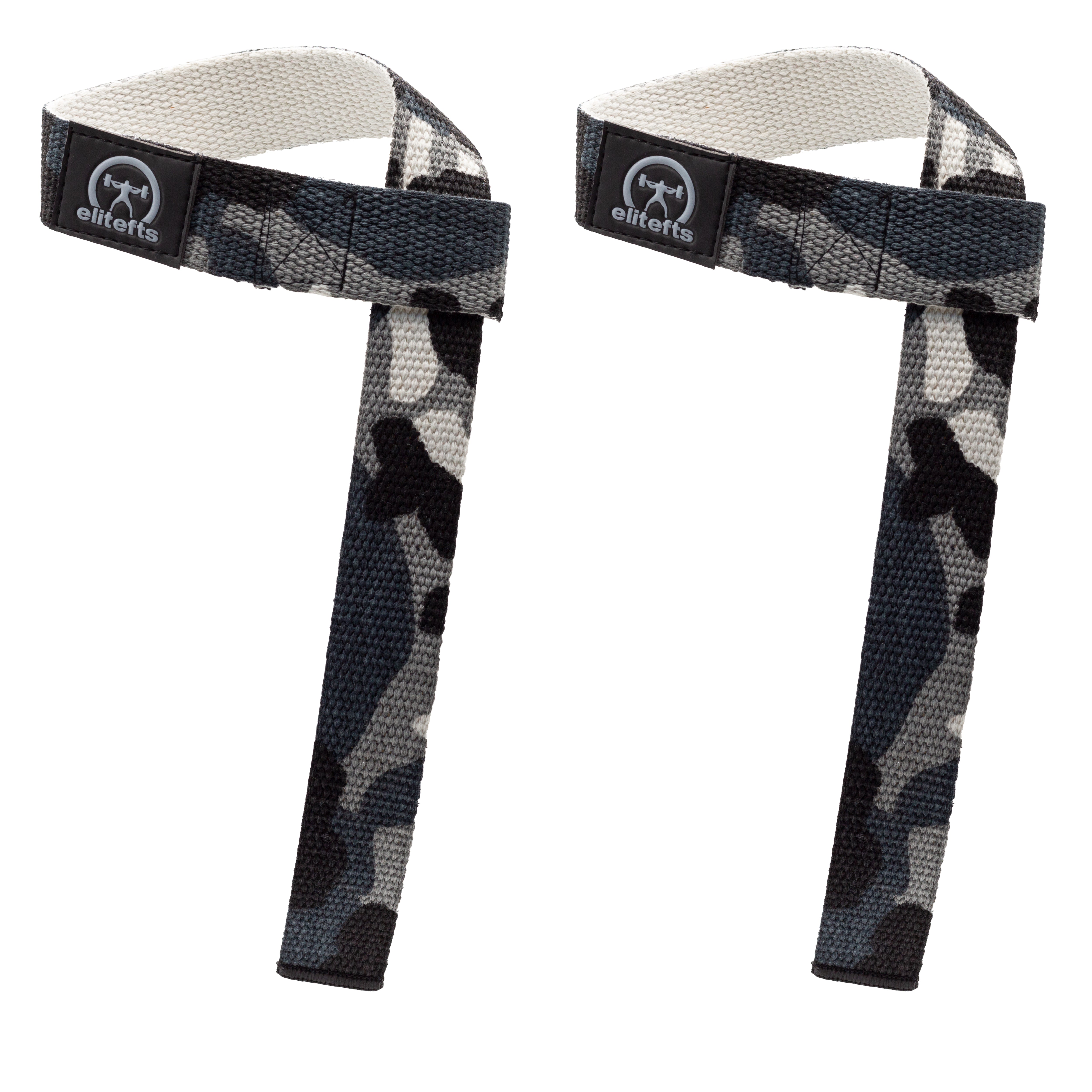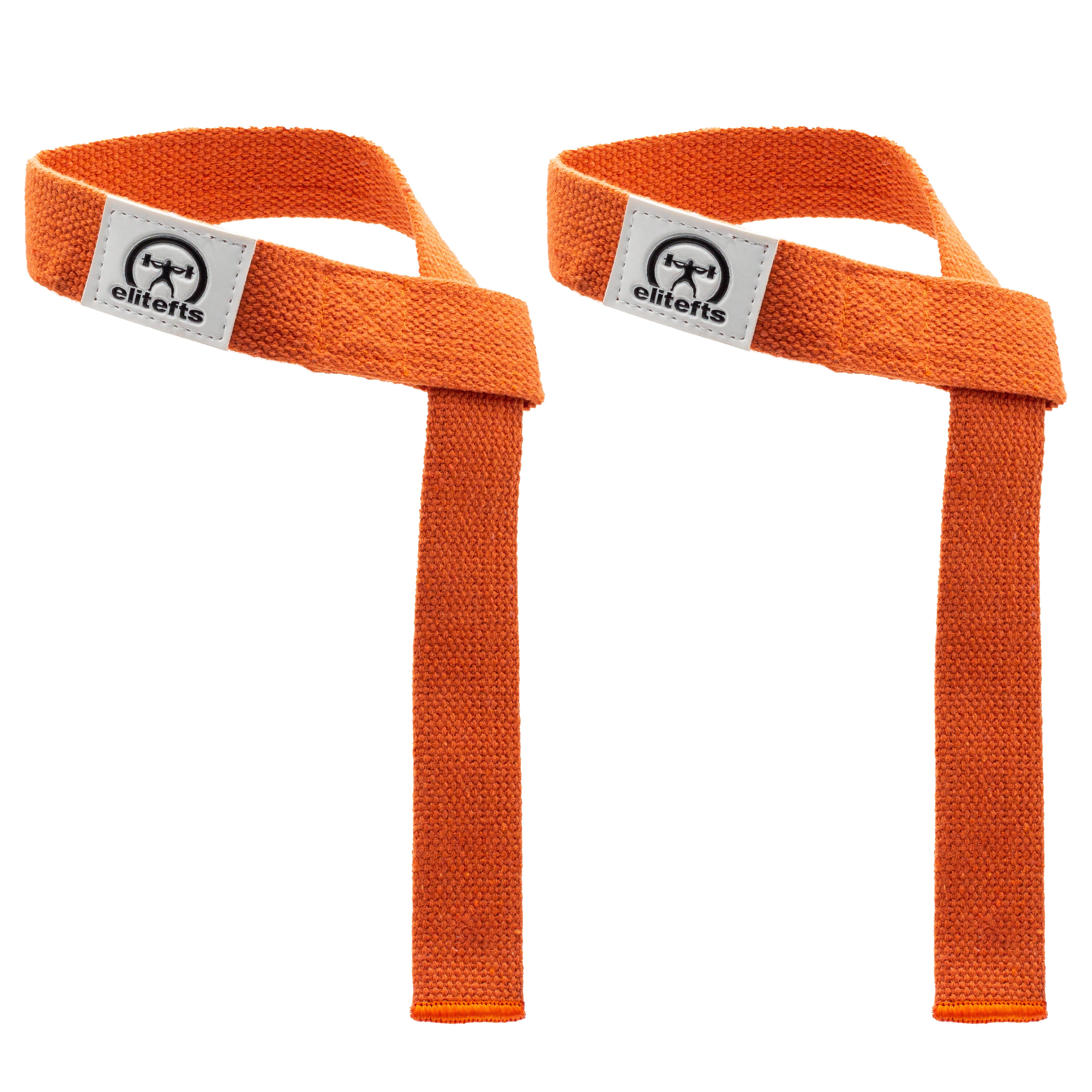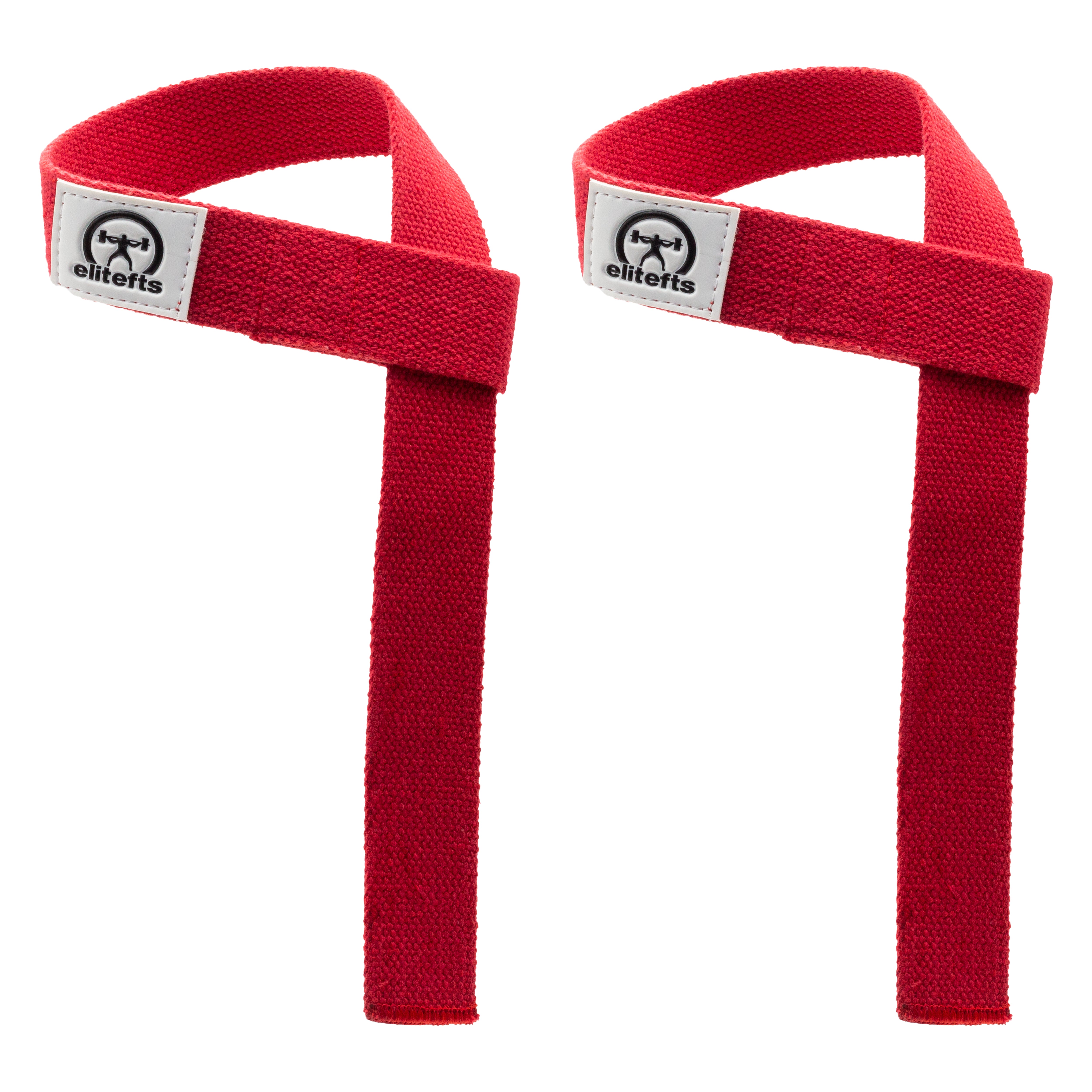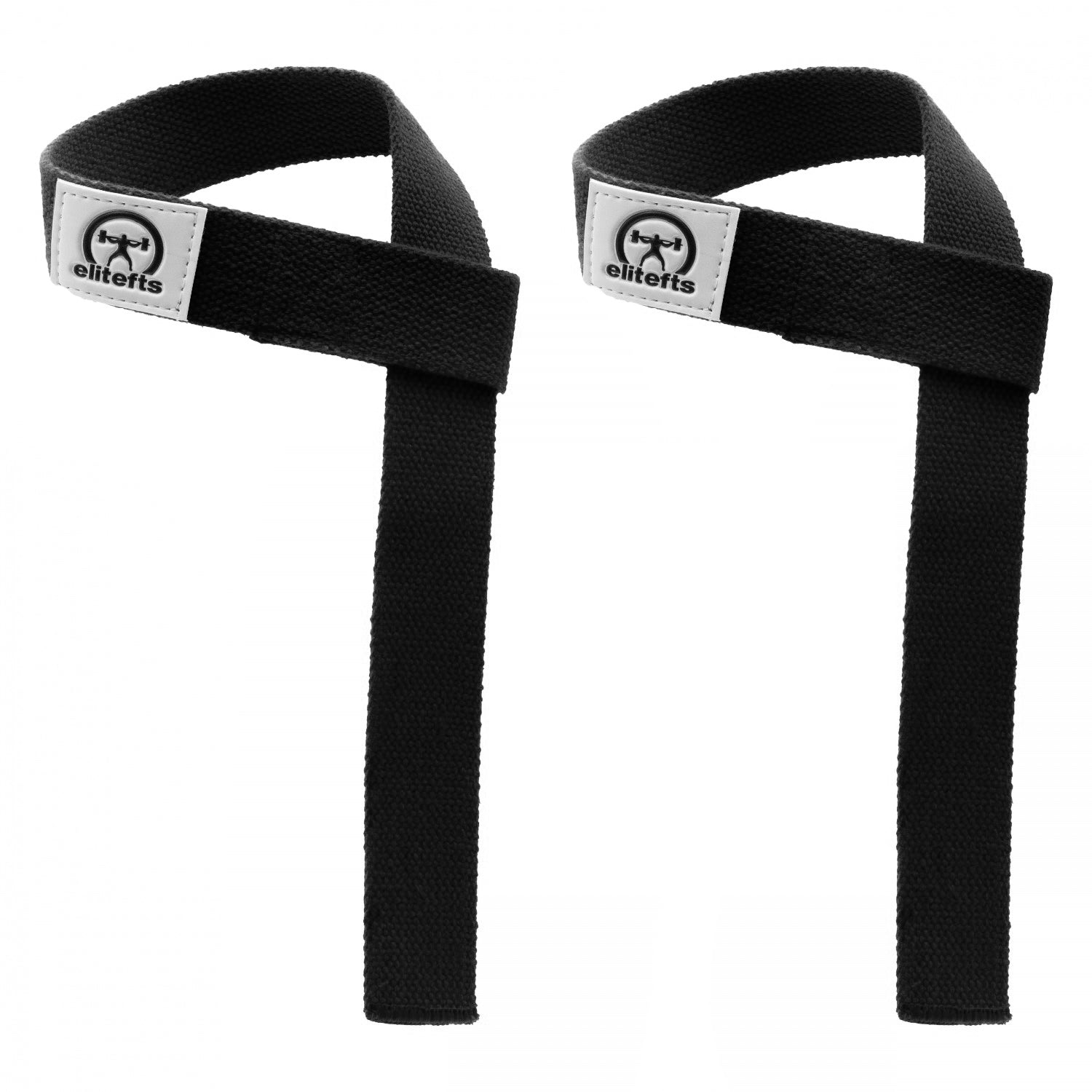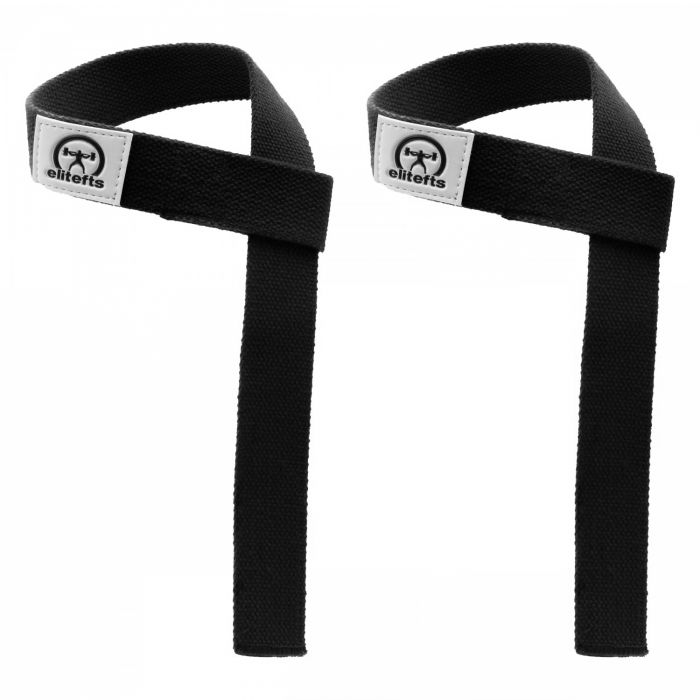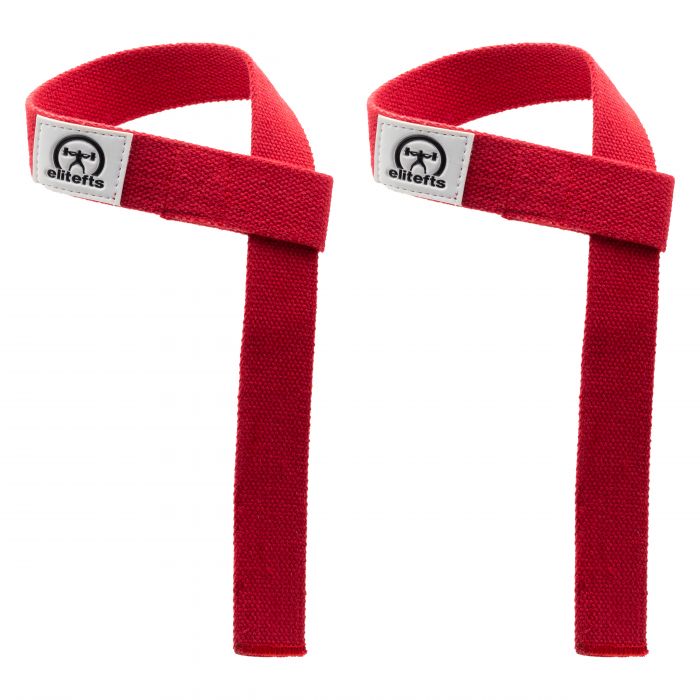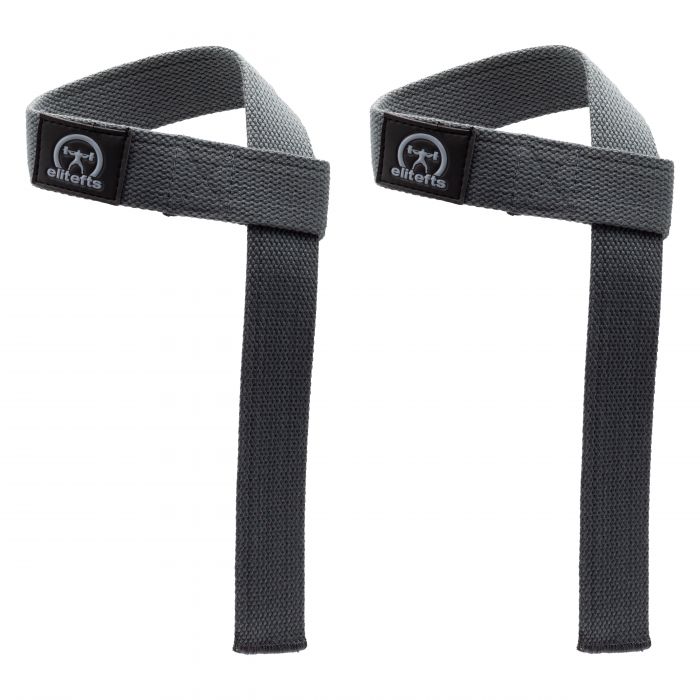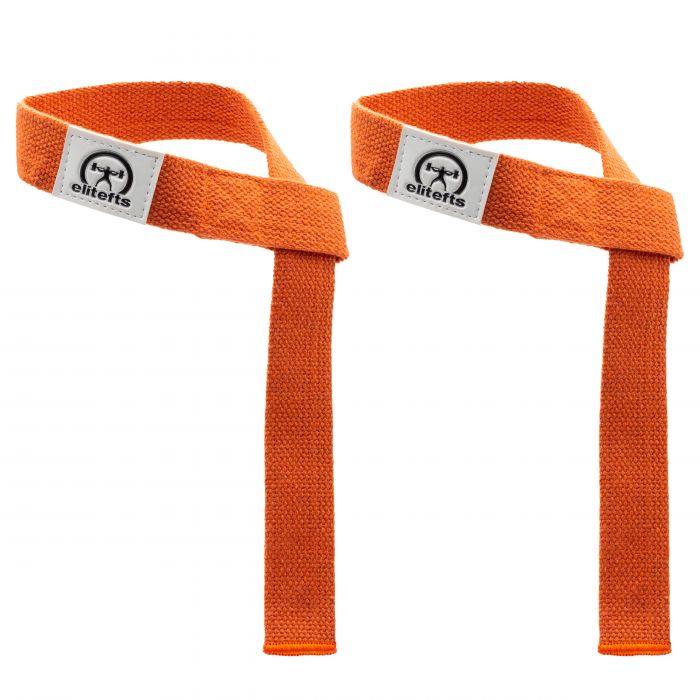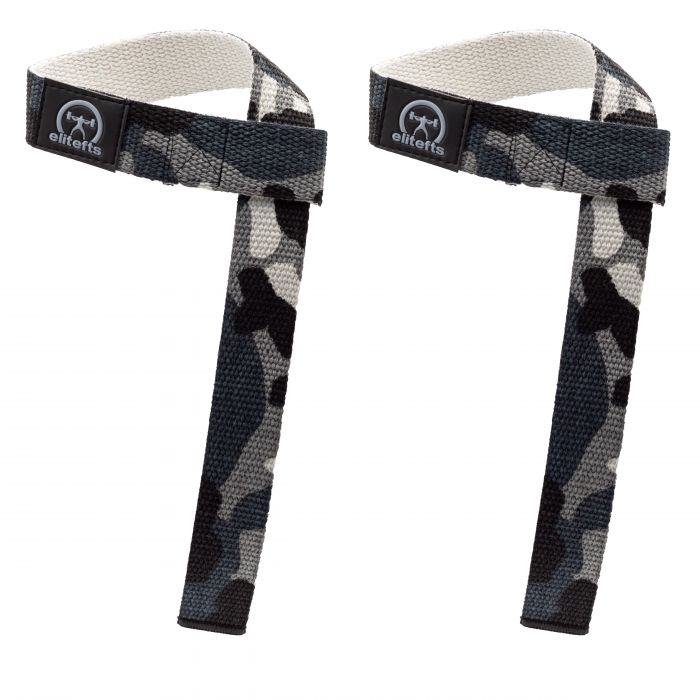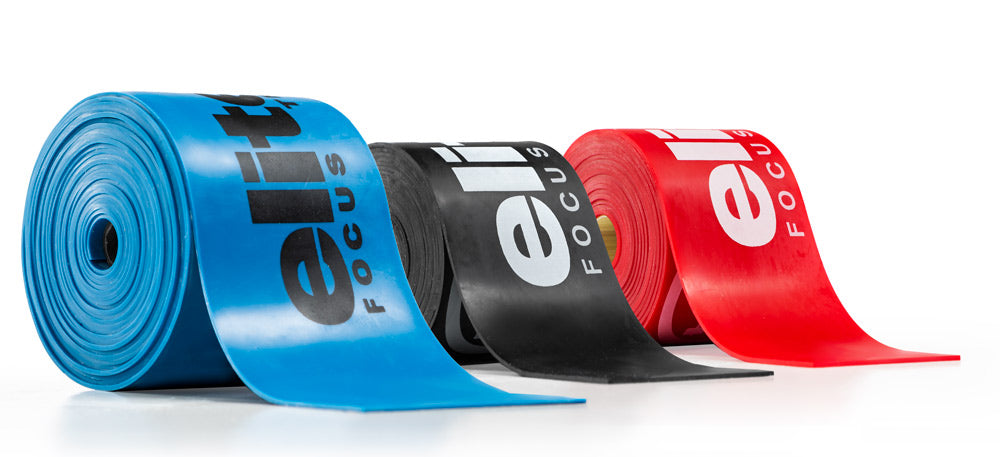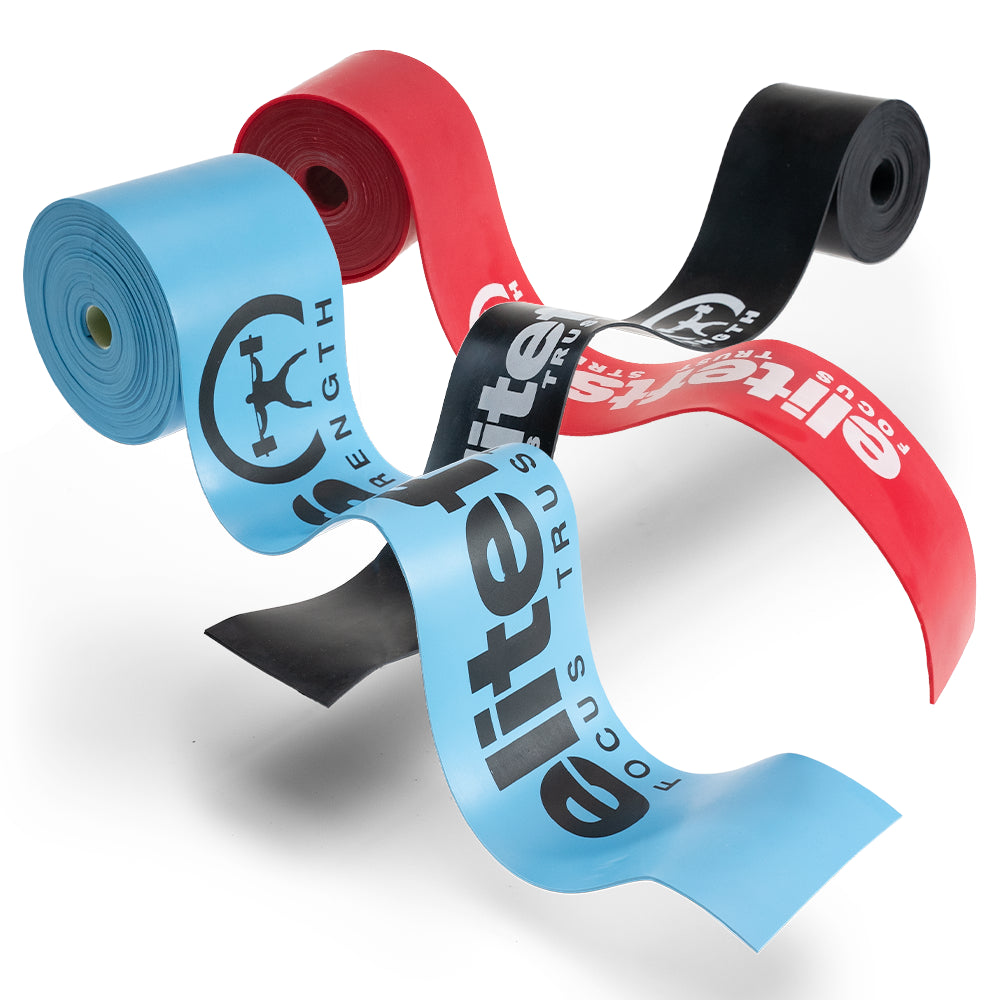elitefts™ Sunday edition The 10 Commandments of Conditioning
No matter what sport you compete in, you’ll probably agree that conditioning plays a huge factor in how an athlete performs. If athletes aren’t conditioned properly, they’ll never achieve peak performance in their sport. As a collegiate strength coach, I’m amazed at the conditioning that is performed just for the hell of it either by a sports coach or a strength coach. Maybe it’s the age we live in or maybe it’s a lack of knowledge. I don’t know. But to educate those not in-the-know, I created The 10 Commandments of Conditioning. For all you coaches who already follow these commandments, go ahead and place a copy of this article on that particular coach’s desk who thinks his way is the only way!I. Thou shall always warm-up
Yes, that 7-year-old girl at the playground performing jumping jacks and high knees prior to hitting the monkey bars is my daughter. Do you think Martin Rooney’s daughter doesn’t warm-up prior to knocking out a set of pull-ups? Sure she does! Every great workout begins with a great warm-up! When training athletes, it’s important to prepare them prior to the training session. It seems like so many know the benefits of warming up but overlook it as an important piece of their program. There are many great benefits to warming up, with the most important being to increase muscle elasticity so that the chance of injury is reduced. If an athlete is injured, he or she can’t perform. If nothing else, this should be why you warm-up. We also warm-up to raise the core body temperature; excite the central nervous system; increase blood flow to the muscles, tendons, ligaments, and nervous system; and increase the rate of cellular metabolism. Warming up will help prepare the athlete mentally for the training session. First, we like to get the muscles warm by using a general exercise like jumping jacks or a light jog. Then we like to increase the range of motion by using a stretch, which is usually a dynamic flexibility movement along with some mobility work. We then prepare the athletes for the session by using movement preparation/coordination drills and sport-specific movements. There are many great ways to get the body ready for a conditioning session. How you do it isn’t as important as making sure that you do it! To take your warm-up to the next level, pick up a copy of Martin Rooney’s warm-up DVD here at elitefts™.II. Thou shall know who you’re training
Have you ever seen a basketball team using a three-mile run for conditioning, a soccer coach jogging five miles with the team as conditioning twice a week, or a football player on the elliptical? What the hell are they doing? What a waste of time. And the athletes think they’re getting better. There are always exceptions, and there's a time and a place for everything. I realize that. However, let’s make sure that our priority is getting the athlete ready for his or her sport. Training the proper energy system is vital when conditioning an athlete. This won’t be an exercise physiology lesson because that isn’t what this article is about. If that’s what you’re looking for, post a question to “The Thinker” because he’s the man when it comes to the science behind it. Or pick up Super Training here at elitefts™. Back to the point—always remember that the intensity and duration at which you train should closely match that of the sport. The adaptations that occur with training are specific to the training performed. This is why initially we conduct a needs analysis of the sport. We examine the attributes of the movements that make up the sport (e.g. strength, power, speed, or endurance) and the muscles involved in these movements. For example, if the sport involves multiple short duration sprints, then to benefit performance we must train lower body power and perform short duration sprints. Depending on where you are in your training cycle (e.g. in-season, off-season), you should include conditioning specific to your sport. For example, our basketball players will condition mostly through a variety of running and jumping drills with lateral and multi-directional movements. Once again, there are always exceptions, but for the most part, you’ll want to train close to the conditions of your sport. Perform a needs analysis of your sport and run with it.III. Thou shall monitor volume and intensity
This goes hand-in-hand with Commandment II. Ask yourself, what are my goals of the conditioning session? What am I looking to accomplish? What season are we in? The answers to these questions will determine the intensity and volume that you will use for that conditioning session. Your goal isn’t to just get your athletes fit, but to have them in the best condition possible for their sport. Everyone has heard of the principle of overload, which states that we must vary the training, specificity, frequency, duration, intensity, and load to progressively overload and see gains. We do this by carefully periodizing the training to accomplish our goals while ensuring that we don’t overtrain the athlete. Pay attention to your volume and intensity to maximize your conditioning sessions.IV. Thou must set goals
Goal setting is vital! Give your athletes a mental visual of where they need to be and what the timeframe is to get there. Then, work toward it. Make sure your goals are realistic ones. If it’s the first week of pre-season, don’t set your timeframe for accomplishment for week six of pre-season. Know where your athletes are currently and where they need to be. In each conditioning session, take steps to get closer to the ultimate goal. We always strive to be the best in all we do, so I like to find out what the times are that the best teams in the nation are doing the drills in. That will be the standard or our ultimate goal. It may take us all of pre-season to accomplish those times, but that’s our goal and everyone knows it. Remember that short-term goals will lead you to your long-term goals. You must know where you’re going to be able to get there.
V. Thou must realize that more isn’t always better
How many times have you seen a coach just drill his players into the ground by pushing them to the limit every practice? Now, don’t get me wrong. Sometimes things just need to be done. This commandment goes hand-in-hand with Commandment III. More isn’t always better. Know why you do what you do. Recovery in sports has a purpose. Utilize the sport’s work-to-rest ratio, which I feel is extremely important in conditioning if you want to get the most out of your athletes. Like I previously mentioned, the proper metabolic system must be targeted to improve athletic performance by identifying which energy system is used the most in your sport. Then, you must consider what range of intensity best suits your activity. Also, don’t forget to determine the length of the activity and the recovery periods. If you apply these basic principles, you’re on the way to producing a sound conditioning program. Always ask yourself, how much is needed to get the job done? Just practicing, doesn’t make anyone perfect. Practicing the right way makes perfect. Perfect your conditioning sessions by realizing that more isn’t always better!VI. Thou shall increase work capacity
Everyone loves to watch the team that outworks their opponent, that guy who gets to every loose ball first, the girl who hits the glass hard for every rebound, or that lineman who gets after that quarterback every possession. Like I mentioned earlier, through a systematic use of progressive overload, athletes can build upon their work capacity and conditioning level. You must constantly be progressively placing greater than normal demands on the athlete to increase work capacity. This is a must for true gains to take place. Without this overload, there isn’t any adaptation by the body, which will limit the increase of work capacity. Give that athlete an edge. Make them work so they can perform to the best of their ability by outworking the opposition!VII. Thou must develop mental toughness
I have no tolerance for the mentally weak. Make sure that in your conditioning sessions you’re pushing the athletes physically to make them stronger mentally. If it’s established now, then it won’t be an issue in the fourth quarter or up at the plate with a 3–2 count. An athlete who has all the talent in the world, but is held back because he or she is soft mentally, is a wasted talent. An athlete isn’t born mentally tough. Mental toughness is taught and developed.VIII. Thou shall present a challenge
Athletics are about competing, and it’s our job to create that competitive environment. If athletes don’t compete in a training session, how will they compete during competition? Conditioning sessions should always be challenging. You’re developing athletes, and their job is to compete. This doesn’t mean that it can’t be fun. If you have athletes who want to be great, every time a challenge is presented it should get even more fun. Everything we do inside and outside of the weight room is competitive. Some athletes come to you already competitive while others need to be taught competitiveness. Gain that edge by producing competitors!IX. Thou must think outside the box
When some think conditioning, they automatically think running. You don’t always have to run to condition. Be creative! Make it fun and think outside the box. Use all the different modalities available to you. Strongman events can be a great tool for conditioning. There are endless drills that can be used for conditioning. Purchase aProwler® here at elitefts™ and see if that works on conditioning.

























































